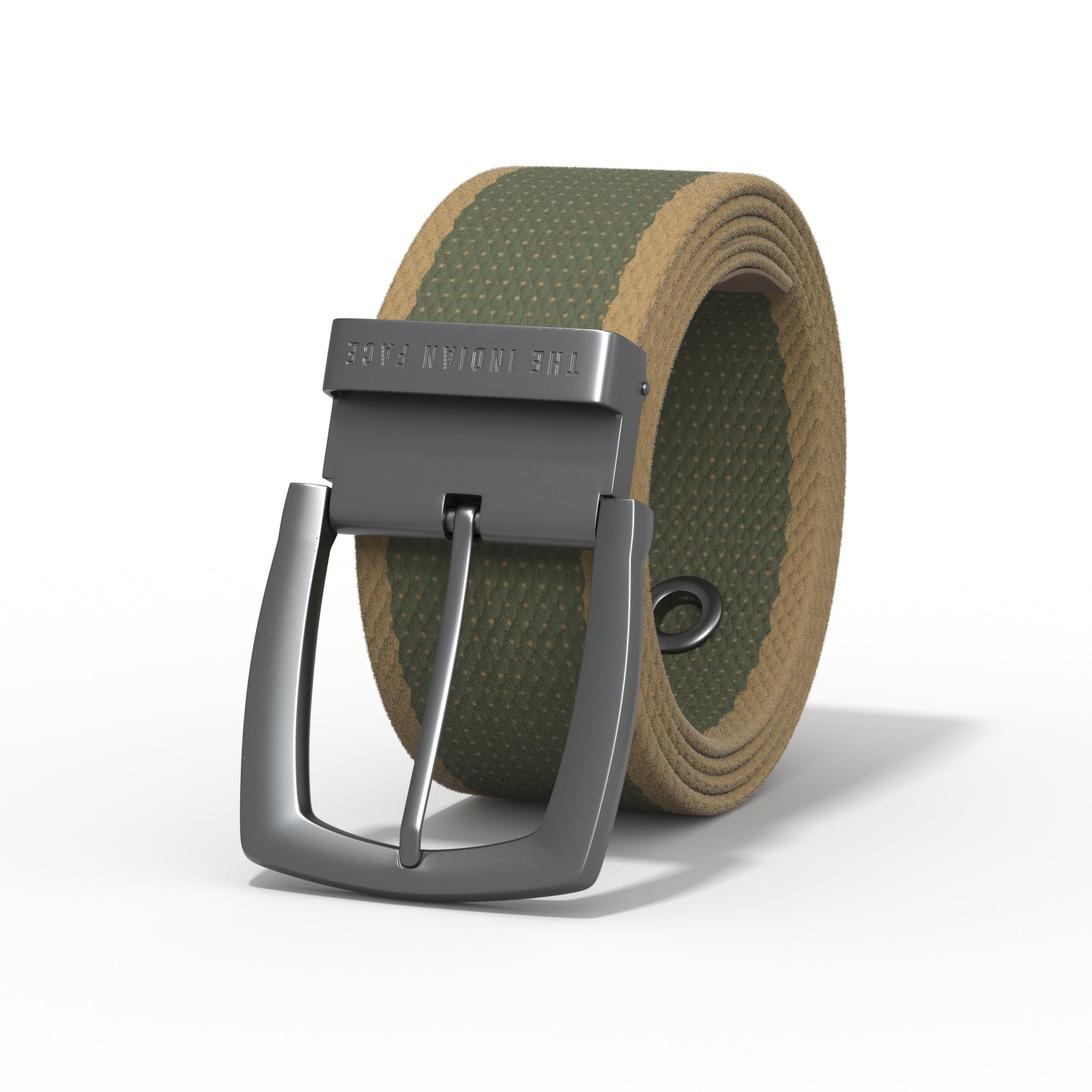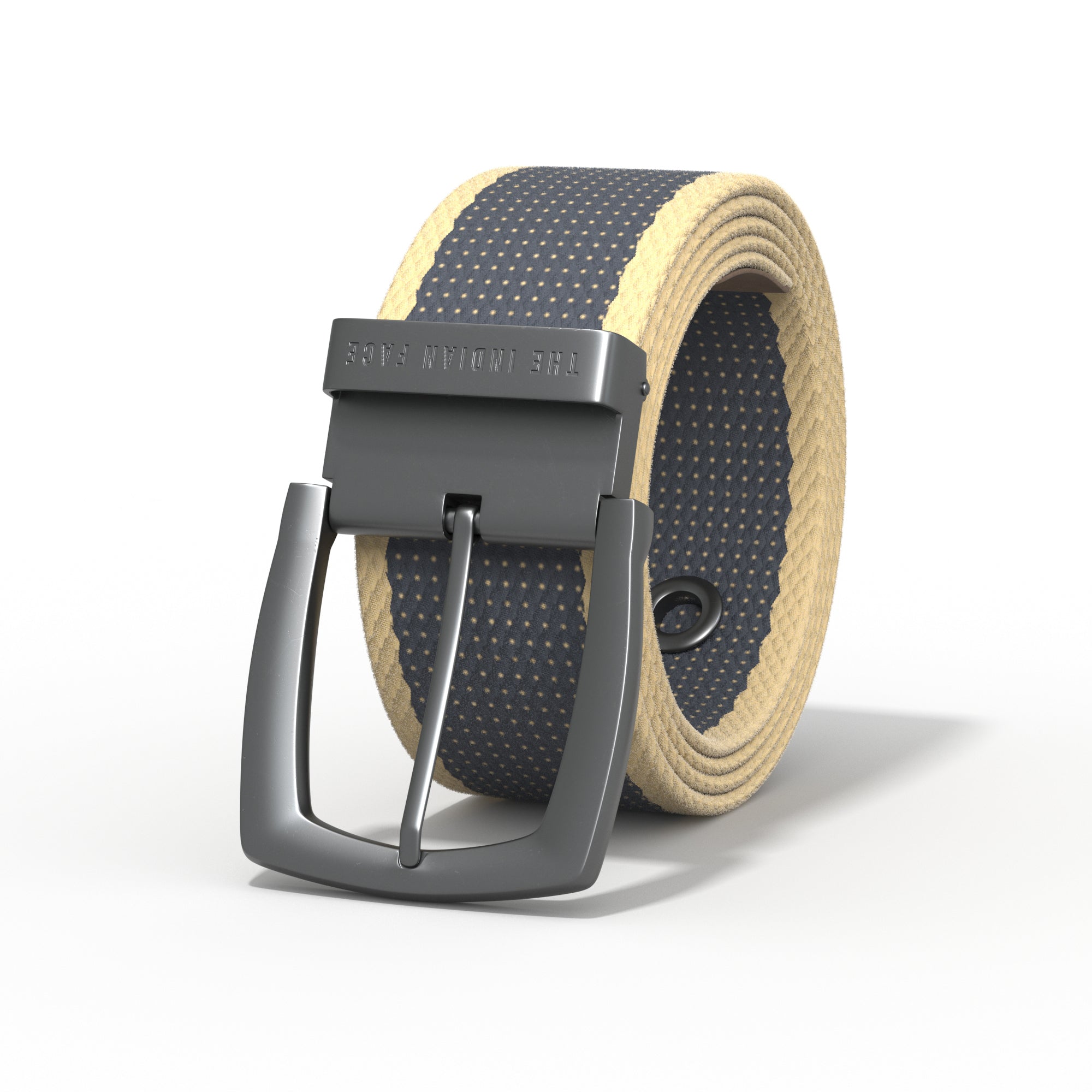Have you ever felt your chest fill with energy, you breathe quickly but deeply, your body begins to tremble, a shiver runs through you and you find it difficult to recover from a feeling of euphoria, happiness and sometimes fear, very intense? If your answer is yes, then you have experienced a textbook adrenaline rush. The situations in which you may have felt this “adrenaline rush” They are very varied; they may have been triggered while you were facing a complicated situation, which generated insecurity or fear, and even seeing the free fall that awaited you on a roller coaster, in a sports competition, practicing an extreme sport or simply exceeding your limits while training.
In today's post we tell you everything you need to know to familiarize yourself with this versatile and peculiar hormone: adrenaline.
What is adrenaline?
The Adrenaline is a hormone that our body uses when it needs to manage certain bodily processes. It circulates through the blood to reach different areas of the body and fulfill its task, which is summarized in helping us to be alert and activated in some areas. situations. It also functions as a neurotransmitter, which means that it acts as an intermediary in communication between neurons, and alerts them to situations in which a quick reaction is required, both physically and mentally.
Adrenaline also prepares us to get the most out of our muscles when we need to reach a certain speed, either because of the danger we are in at a certain moment, or because we are in a situation where we are in danger. situations in which everything depends on us to win or lose something. However, it is good to keep in mind that adrenaline does not block pain receptors, but it does help us focus the body's energy and resources on flight or fight, taking attention away from the sensation of pain.
Adrenaline, also known as epinephrine, has an average of two minutes of activity and its effects can last up to an hour. The name of the hormone comes from the Latin “ad and renes”, which means “next to the kidney”, which explains where adrenaline is produced in the adrenal glands.
Effects of adrenaline on us

Advances in science and medicine have made it possible for adrenaline to be synthesized to create drugs, which are provided to patients in cases of medical emergencies. It is delivered through injection, and It has different uses; it can be used in cases of anaphylactic shock, in situations of cardiac arrest to stimulate the heart and blood circulation, or as a complement to anesthesia, since it prolongs its effect. This proves the importance and necessity of this hormone in our body, which, among others, has these effects on us:
What are the physical effects of adrenaline?
Adrenaline causes the pupils to dilate, allowing our eyes to receive more light. Our vision will be clearer and we will be more alert to our surroundings.
It promotes an increase in blood pressure: blood is concentrated on serving vital organs, and its presence in the blood vessels closest to the skin is reduced, which contract.
It mobilizes ATP energy and increases the metabolism of glycogen, which is how energy is stored. Glycogen is broken down and generates glucose, which is the energy our body needs, as it provides the fuel needed to react to a stressful situation.
Increase your heart rate so that all the energy sources we have can quickly reach your body.
What are the psychological effects of adrenaline?
The most obvious consequence of adrenaline is that it causes us to feel euphoric and happy. For this reason, it is recommended that people who are going through a difficult time or suffer from depression or anxiety practice sports or activities that help release this substance.
It increases our ability to quickly activate the alert state.
It triggers the stimulation of innate survival mechanisms and the defense mechanism.
Adrenaline enables rapid physical and mental reactions in stressful situations.
Increases self-esteem and self-worth. Overcoming a challenge or achieving a goal can be the incentives that lead us to want to achieve more. By improving our skills, we send a message to our brain telling it that we are capable of managing adverse situations.
What does adrenaline give us once physical exercise is over?

The influence of adrenaline in sport is powerful, because despite having different organic effects, it manifests itself subjectively depending on the intensity with which we live the activity and the emotion that it transmits to us, whether it is momentary, of high impact or prolonged and sustained. The human body is capable of using different types of hormones and preparing the organism at a physiological level depending on the situation you are in and the sport you are doing.
In sports such as running or cycling, which require great physical and psychological effort over a long period of time, adrenaline tends to surge at specific moments; for example, when completing a circuit, winning a race or overcoming an obstacle. In these endurance activities, you need to keep adrenaline under control, and in specific events such as the starting shot in a sprint race, or overtaking a pack of athletes and placing yourself in the lead, you need to allow the adrenaline to be released.
On the other hand, extreme or risky sports seek a quick and prolonged release of adrenaline. These explosive practices generate very strong sensations in short periods of time and activate different hormones that are responsible for generating pleasure and well-being.
Practicing sports makes us feel alive. When we do adventure activities or activities that make us leave our comfort zone, we are daring to face specific situations that force the mind to fully focus on the present and on what the body is experiencing, since any distraction can turn into an accident due to the risk involved in the activity. Although adventure sports often do not involve any real risk and everything is under control, the mind interprets that there is danger nearby and is activated.
The emotions experienced during extreme or adventure sports are very intense: fear, joy, surprise...
What sports generate the most adrenaline?

Many activities that are not necessarily sports cause our body to generate high doses of adrenaline; however, it is in extreme sports where the adrenal glands release the most adrenaline.Among these, the most likely to offer adrenaline rush are:
Skydiving: It is no surprise to learn that jumping out of a plane and letting yourself fall into the void for more than a minute until the parachute opens and you land on solid ground is a sport that makes you feel a constant sensation of freedom and excitement; effects of the adrenaline rush.
Base jumping: This sport is a cousin of skydiving, but the starting point varies; base jumping involves jumping from a skyscraper or a mountain instead of from a plane. You can simply jump and land, or put on a special suit and fly like a bird just a few meters from the mountain. This is considered the most dangerous extreme sport due to the proximity to the ground with which you fly and the high speed you reach. Of course, the adrenaline is more than guaranteed.
Mountaineering: The fact of going up the mountain by marked trails is not, by any means, the biggest trigger for the release of adrenaline, but overcoming the difficulties that can be found along the way caused by the natural environment, ungovernable and unpredictable at times, or looking around when you have reached the top and seeing how tiny everything seems from above and how far away the beginning of the route is the big ones activators of this hormone.
Heliskiing: This sport consists of jumping from a helicopter that is placed right at the start of the descent of a track The helicopter acts more or less as a chairlift or tow truck, with the difference that it includes the risk of falling during the jump, of suffering a blow when falling on the ground. steep areas or where the helicopter may cause avalanches caused by the air currents they generate. These are the situations that cause the adrenaline rush in the body.
Bungee jumping: It is probably the activity that releases the most adrenaline. Its duration is extremely short, but during the jump, the release of the hormone is very high.
Slackline: To practice this sport you need to hold on a slackline at two separate points and walk across it, going from one end to the other without losing your balance. The higher the rope and the more dangerous the path, the greater the adrenaline rush.
Another activity that can produce adrenaline, although at a lesser level, is watching horror movies or roller coasters.
What are the disadvantages of adrenaline?

Although adrenaline has tremendously positive effects on our mind and body and makes us feel really good, an abuse in the search and achievement Adrenaline can also come from accompanied of some mental disadvantages, such as the development of diseases among which we highlight chronic stress, headaches or anxiety. You should be careful not to become an adrenaline addict because the lack of this euphoric substance can cause physical withdrawal, which means that it can cause pain, nausea or hyperactivation of the nervous system. When we are in an adrenaline situation, our body shows the following sensations:
- Increased blood pumping
- Dilated pupils
- Blood glucose levels increase
- Increased blood pressure
- Dopamine and serotonin, the so-called happiness hormones, are produced.
Another risk of adrenaline is becoming addicted to it.The feeling of pleasure generated when this hormone is secreted can lead to Pontius Syndrome, through which the perception of danger is completely distorted. Those who suffer from this syndrome live high-risk activities as normal, putting their lives at risk..
“Your body is in survival mode, and 99.9% of the time, you're not actually in a life-or-death situation,” explains Graham Betchart, a mental skills coach. Employees at venture capital firm True Ventures and Silicon Valley Bank say, “You might be having a conversation with someone you work with, and all of a sudden, you’re in this very limited, primal state of thinking. You’re basically dealing with old instincts.”
Adrenaline is a sensation that undoubtedly takes us to a state of happiness and intensity that we can get hooked on, so it is important not to abuse it or lose your mind. Simply to be able to continue enjoying extreme sports in the healthiest and most fun way.
Adrenaline, as you have seen, is a tool that can save our lives on occasion, it is used in life or death situations, it makes us feel alive, happy and unstoppable, but we have to know how to use it. As in the rest of our lives, everything in excess is bad. We must know our limits and enjoy everything we can until we reach them. So, if you are a little stressed lately or need to live in complete mental freedom, now you know how to release adrenaline to the max!

















































